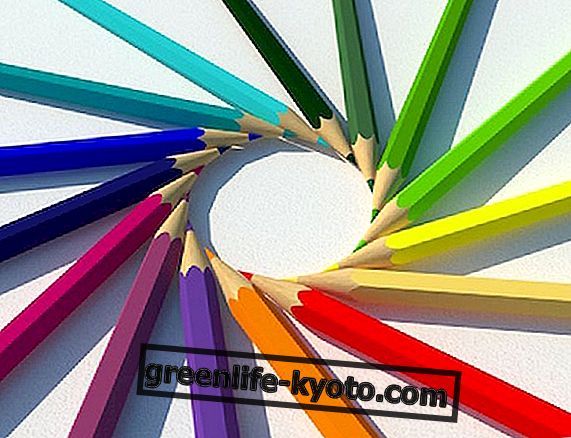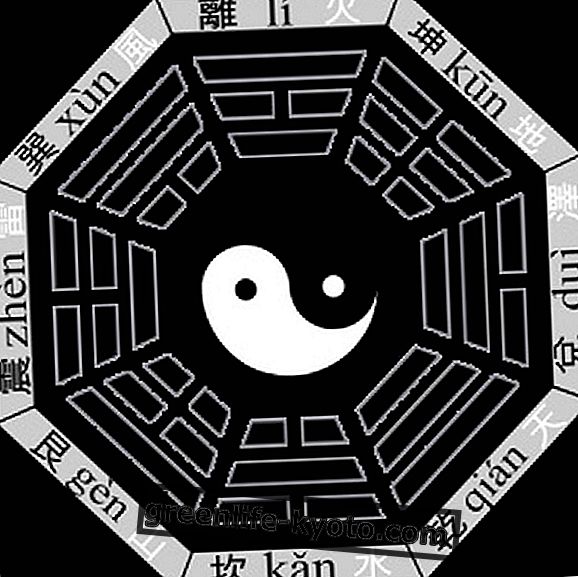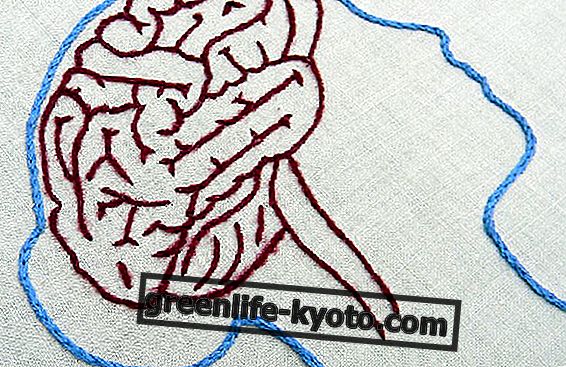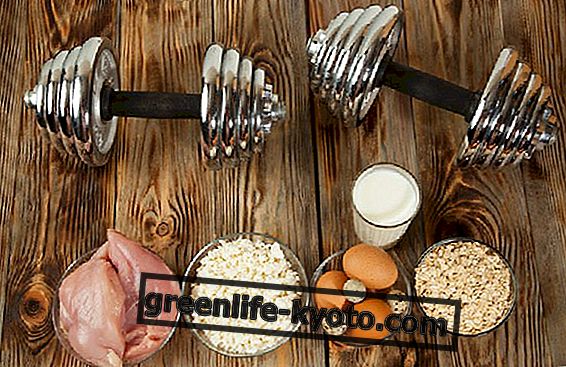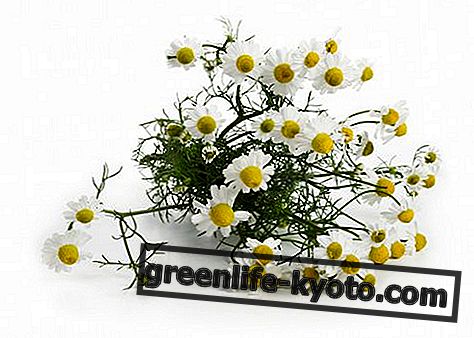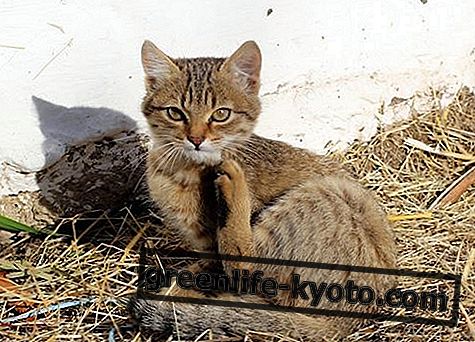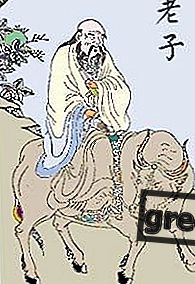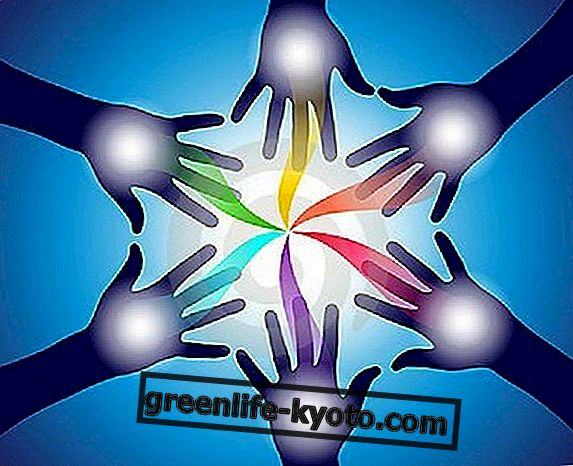
In the introduction we used the word "habit" by chance. When a thing becomes habit, it is often performed without thinking, without paying attention to the pros and cons, and therefore without evaluating the consequences of not exactly correct consumption of some substances, which, as in the case of tea and coffee, are exciting and have an effect on nerves and mood due to caffeine and theine.
Coffee as it is made in Italy, espresso or mocha, is very concentrated and many should not be drunk daily.
The cappuccino, coffee with hot frothed milk, is a must for the Italian breakfast, able to combine the energy of coffee with the sensation of satiety given more by a not easy digestion due to the combination, than by a real contribution nutritional.
The same goes for the latte coffee and, to a much lesser extent, for the macchiato; while the correct coffee at the end of the meal, helps to degrease the mouth from complex and meat-rich meals.
Tea is a healthier habit but it too can easily turn into a form of addiction, especially if you exceed three cups a day and if we talk about black tea .
Can we change these habits into something healthier? Here are the alternatives to tea and coffee.
Mint tea with calendula
Those who have been to Morocco know how good and useful mint tea is, a typical recipe from the Arab world.
There are several versions, a pure infusion of strong mint sweetened, with lemon juice or without, with added spices or not, docified with honey or cane or beet sugar, or with a base of black or green tea.
The most widespread version pervades the use of black tea, to which after boiling 5 to 10 rms of fresh mint are added for 5-10 minutes .
A mild sweetening will make the drink healthier and give us the opportunity to enjoy it several times during the day .
If you want to taste it cold, then you should consider adding a little lemon juice, which with mint and tea creates a combination of tastes among the most valuable. To this we will add dried marigold flowers.
Decaffeinated or not? Coffee and the effects of caffeine
Chinese tea with cardamom and sage
Chinese tea is a form of herbal tea that Chinese immigrants in Indochina use to drink after dinner, before relaxing and going to bed. In a cup with a filter we will put
> a dose for a person of green tea,
> 2 cardamom seeds,
> a couple of dried sage leaves,
> then add boiling water for 5 minutes.
The result is pleasant even without sweeteners of any kind and, although the purists of green tea turn their nose to these changes, cardamom gives a refreshing note to the mouth, which is really pleasant after dinner, and the sage gives a marked aftertaste, perfect for relaxing in silence and in good company on the couch.
Coccoccino
If you can't give up coffee, this form of vegan coffee latte, which generally serves as both hot and cold cappuccino, is a tasty recipe from tropical and subtropical countries, where being light and not being too hot with heavy digestion is essential.
Take a dose of mocha coffee by pouring it into a tumbler glass, then adding coconut milk and, if desired, ice .
The result is pleasantly sweet, energizing, the combination of coffee and coconut is truly sublime; there is only to be careful not to overdo it and not drink more than two a day.
Coffee with cane and orange juice
Also with coffee, it is used to drink in the countries of eastern Russia and in various Chinese places, where one loves to eat while drinking hot drinks.
The sweet cane juice will be used to extend a cup of coffee left to infuse with dried orange peels .
The end result is at the same time: strong because of the coffee, which excites the nervous system, sweet and palatable thanks to the glass of cane juice, useful for cleaning the oral cavity from oils and fats and their digestion thanks to the essential oils extracted from the citrus peel, which gives a really nice touch to this sweet coffee.
